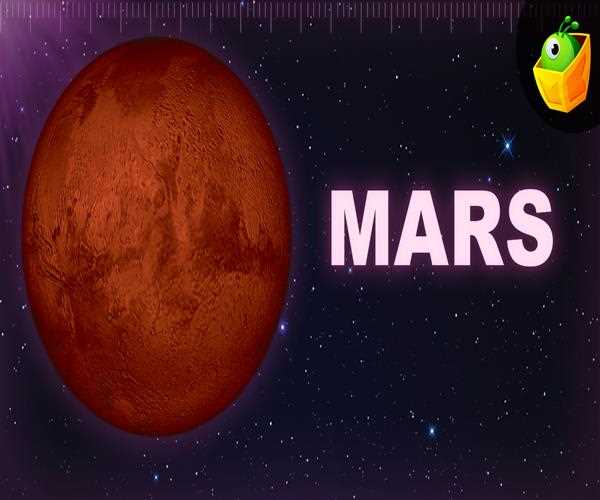In the vast expanse of our solar system, there is a planet that has earned the moniker "dusty planet." That planet is Mars, the fourth planet from the sun and the second smallest planet in the solar system.
Mars is known for its rusty red appearance, which is due to the presence of iron oxide on its surface. The planet has a thin atmosphere that is primarily composed of carbon dioxide, with small amounts of nitrogen and argon. The atmosphere is not thick enough to prevent dust storms from occurring, and these dust storms are some of the most significant features of the planet.
Mars' dusty nature is due to a combination of factors, including its thin atmosphere and frequent dust storms. The planet's atmosphere is not strong enough to keep dust particles from being lifted off the surface, and as a result, the planet is covered in a layer of dust. The dust on Mars is made up of fine particles of rock and soil, which can be blown around by even the slightest breeze.
One of the most significant contributors to the dust on Mars is the frequent dust storms that occur on the planet. These dust storms can cover the entire planet and last for months at a time. The dust particles in these storms can be as small as one micron in size, making them incredibly fine and easy to lift off the surface.
The dust on Mars can have a significant impact on the planet's climate and weather patterns. The dust particles in the atmosphere can absorb sunlight, which can warm the planet's surface and contribute to the greenhouse effect. The dust can also block sunlight from reaching the surface, which can lead to cooler temperatures.
The dust on Mars can also have an impact on the planet's ability to support life. The fine dust particles can be harmful to human health if inhaled, and they can also damage equipment and machinery. The dust can also settle on solar panels, reducing their efficiency and making it more difficult to generate power.

Despite the challenges posed by the dusty environment on Mars, the planet remains a focus of scientific exploration and research. NASA and other space agencies have sent numerous missions to Mars in an attempt to better understand the planet and its potential for supporting life. These missions have included the Mars Reconnaissance Orbiter, which has been orbiting the planet since 2006 and has provided valuable data on the planet's geology, weather patterns, and potential for water.
The Curiosity Rover, which landed on Mars in 2012, is another important tool for exploring the planet. The rover is equipped with a range of scientific instruments that allow it to study the planet's geology, atmosphere, and potential for supporting life. The rover has already made a number of significant discoveries, including evidence of liquid water on the planet's surface and the presence of organic molecules, which are the building blocks of life.
In addition to these robotic missions, there are also plans to send humans to Mars in the coming decades. These missions will require a significant amount of planning and preparation, as the planet's harsh environment will pose numerous challenges for human exploration. However, the potential rewards of exploring Mars are significant, and could include new discoveries about the origins of life in the universe, as well as the development of new technologies and scientific advancements.